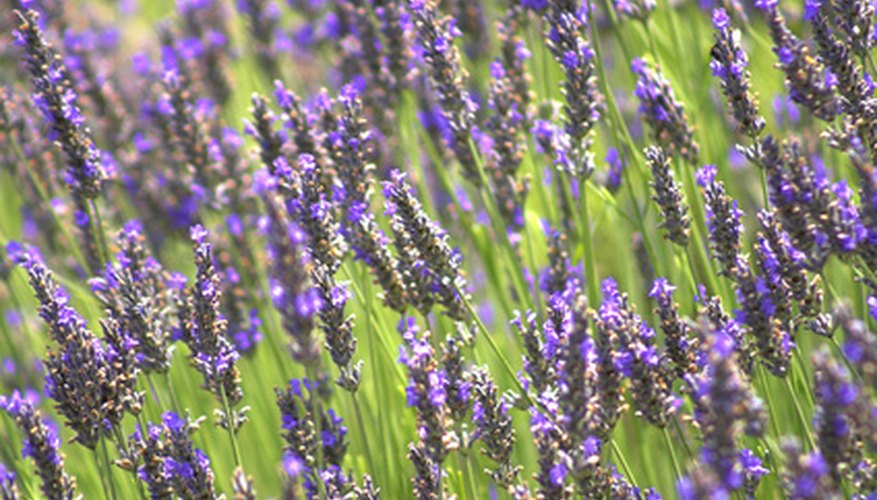Lavender is one of the most sought after herbs to grow. Unfortunately, growing lavender is some parts of the world, in South Texas, for instance, and other hot and humid environments, is very difficult. Oh, it can be done, but it takes dedication and knowledge.
For an extensive look at growing different types of Lavender, here is an excellent article by Vanessa Bella Ndaa.
Types of Lavender Plants for the Southeast USA
The following article is excellent advice for Texas growers East of I-35.

Prized for fragrant purplish flowers and aromatic gray foliage, lavender (Lavandula spp.) is among the most beautiful shrubs for herb gardens and containers. Native to the Mediterranean region, lavenders tend to falter in the American Southeast’s very humid summer climate, especially when coupled with heat such as along the Gulf Coast or in Florida. Lavender can be grown as an annual to enjoy from fall to early summer before they tend to wither.
English Lavender
English lavender (Lavandula angustifolia) grows 3 to 4 feet tall and wide with flower clusters rising an additional 12 to 24 inches higher. It is regarded as the hardiest of lavenders and traditionally makes the best perfumes and sachets from its blooms and leaves. In the American Southeast, English lavender plants are perennial but are short-lived, perhaps looking nice for no more than 3 to 5 years before many gardeners replant with new, younger plants. Grow this species as a perennial anywhere north of a line from Dallas to Birmingham, Atlanta, Columbia and Raleigh. Varieties that may grow smaller in size or with different flower colors include ‘Hidcote,’ ‘Munstead’ or ‘Grey Lady’.
Spike Lavender
Spike lavender (Lavandula latifolia) resembles English lavender except for broader leaves and branching flower stalks. It blooms the same time as English lavender from late spring to midsummer. Grow it in the same areas of the Southeast and expect it to be rather short lived. Grow it as an annual south of Interstate 20 and in all parts of Florida.
Spanish Lavender
A rather stocky-looking plant, Spanish lavender (Lavandula stoechas) grows 18 inches to 3 feet tall. Its foliage and flowers are particularly strong-scented according to Geraldine Adamich Laufer in “The Herb Companion.” Although Spanish lavender tolerates the clay soils of the South, it is less cold hardy and therefore is best grown where winter low temperatures never drop below zero degrees F. It persists as a perennial for a few years as far south as 50 miles inland from the Gulf Coast, too, according to the “Sunset National Gardening Book.” Spanish lavender’s flowers are more intensely deep purple in color and are held upon long, tall stems in late spring to early summer. Variety ‘Otto Quast’ has very showy flowers. Plants perform better in nonacidic soils.
Lavandin
The “Sunset National Garden Book” states that the hybrid lavender known as lavandin (Lavandula intermedia) is by far the most tolerant of the heat and humidity of the American Southeast. Lavandin is the result of a genetic cross between the English and spike lavender species. It blooms in early to midsummer on plants that range from 2 to 4 feet tall, including the height of the flower stems. Many varieties exist to choose from, including ‘Dutch,’ ‘Grappenhall,’ ‘Grosso’ and ‘Provence.’ Good air circulation, well-draining soil that is close to neutral pH and sparse fertilizing helps lavandin plants last longer in all parts of the Southeast.

About the Author
Jacob J. Wright became a full-time writer in 2008, with articles appearing on various websites. He has worked professionally at gardens in Colorado, Florida, Minnesota, New York, North Carolina and Pennsylvania. Wright holds a graduate diploma in environmental horticulture from the University of Melbourne, Australia, and a Master of Science in public horticulture from the University of Delaware.
